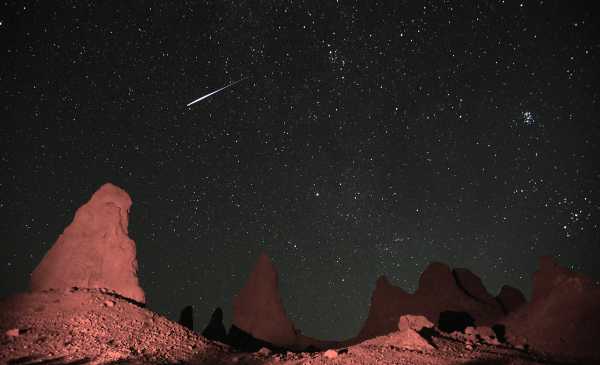
Every year in August, the Swift-Tuttle comet puts on a brilliant show in the night sky. When the Earth plows into its wake, tiny sand- and pea-sized bits of debris hit our atmosphere at 132,000 miles per hour, reach temperatures of 3,000 to 10,000 degrees, and streak across the sky in what we call the Perseid meteor shower.
This year, the meteor shower will peak in the night between Monday, August 12 and Tuesday, August 13. According to NASA, you may be able to see around 15 to 20 meteors an hour during the peak.
Many years, it’s possible to see up to 60 meteors per hour during the Perseids. However, this year, a big, bright, nearly full moon will reduce the number we’re able to see. That means the ideal night to catch the Perseids may be just before the peak on August 11. Then, NASA notes, the moon will set after 3 am, leaving dark skies to illuminate more meteors.
You can also catch glimpses of the Perseid meteors in the days leading up to the peak, and you should be able to see some in the sky until the last week of August.
Lucky for those of us in the Northern Hemisphere, nights are still warm. There’s no better time of year to stay up late, lay down a blanket, and stare at shooting stars. Don’t miss this. Here’s everything you need to know to watch.
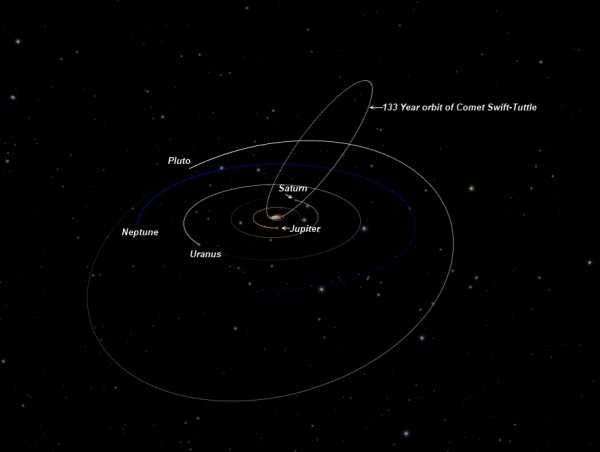
Where can I spot the Perseids?
A few Perseids can typically be seen each night between July 17 and August 24. But they’ll peak around August 12.
The Perseids are so named because they appear to radiate out of the constellation Perseus — you know, the mythical Greek hero who chopped off the head of the wretched gorgon Medusa and lived to tell the tale. The meteors will rain like sparks from the hero’s righteous blade.
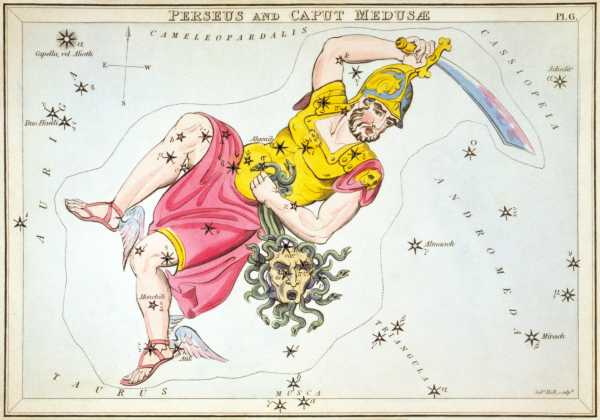
If you’re in the Northern Hemisphere, you should be able to spot the Perseids rising in the northeastern sky. It’s best to wait until 11 pm or later, when the constellation Perseus will be higher in the sky. It may also take up to an hour for your eyes to fully adjust to the darkness to view the meteors.
But you don’t need to be staring right at the constellation to see the meteors. They’ll radiate out in all directions across the sky.
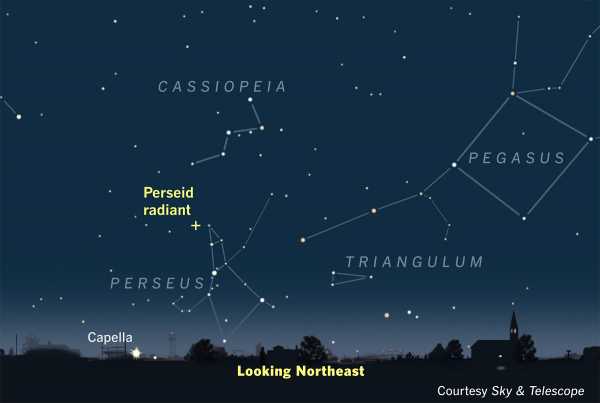
You’ll want to be in as dark of a place as you can get to — like a park far away from city lights. Check with this light pollution map to chart out a dark place to watch.
Can I see more awesome photos of the Perseids?
Sure. And if you catch any on camera yourself, feel free to tweet the pictures to @voxdotcom.
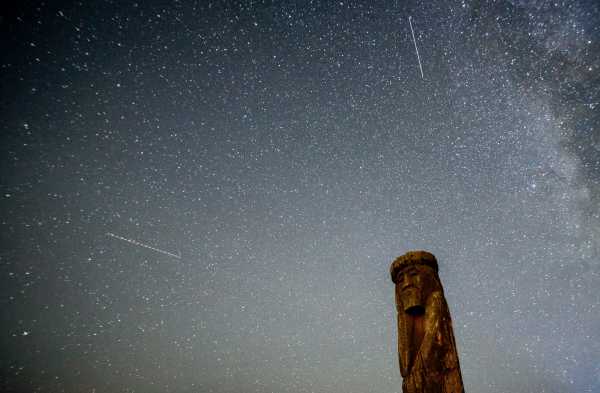
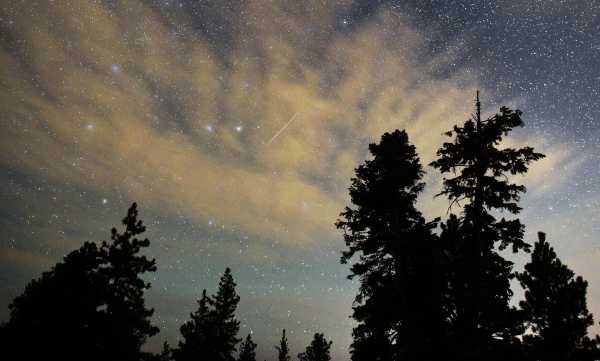
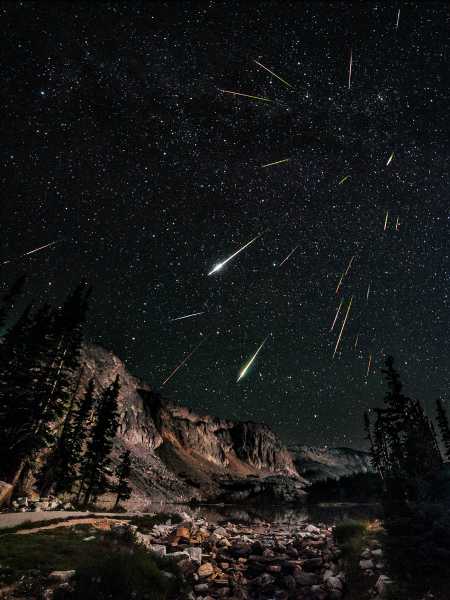
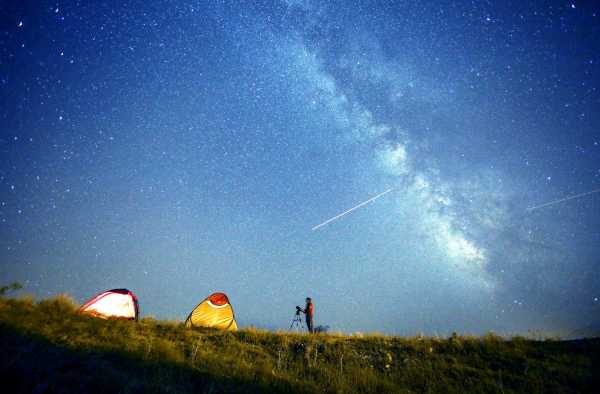
Further reading: Space debris!
- How NASA hunts the asteroids that could smash into Earth
- If you die via asteroid, this is how it will happen
Sourse: vox.com






